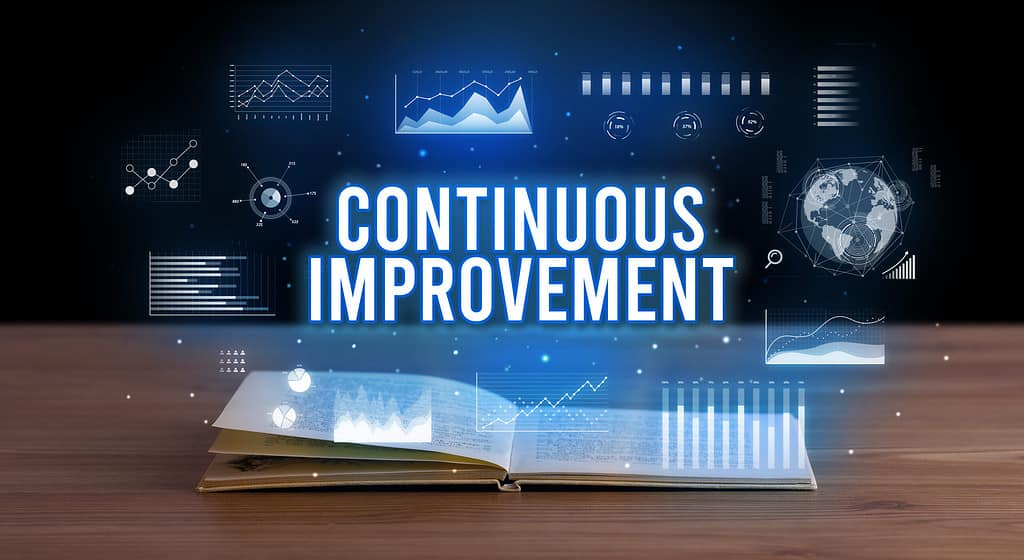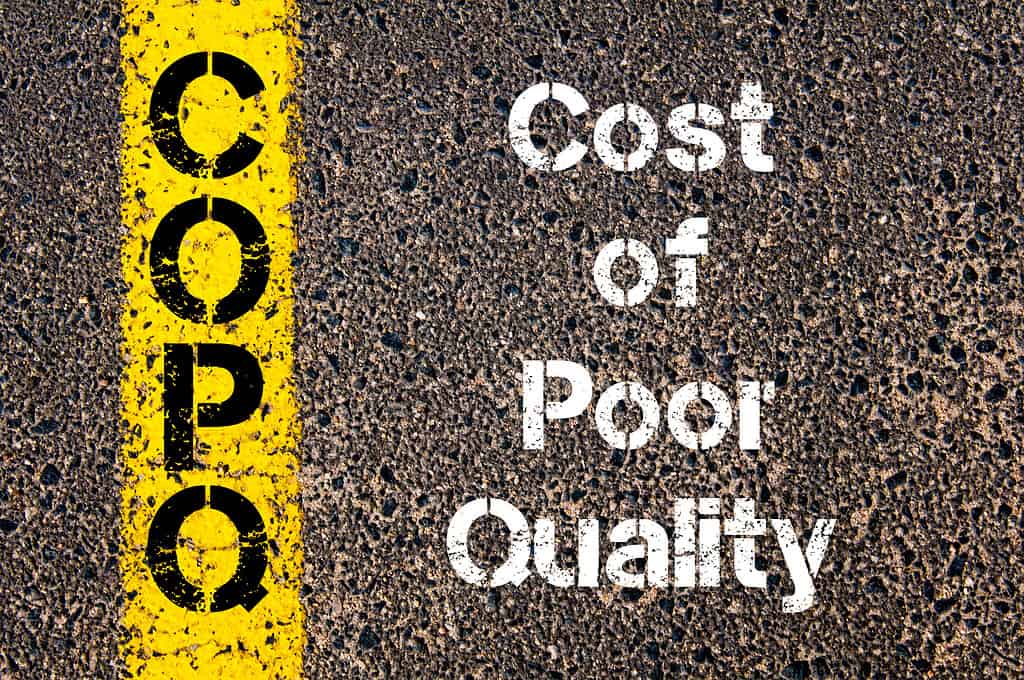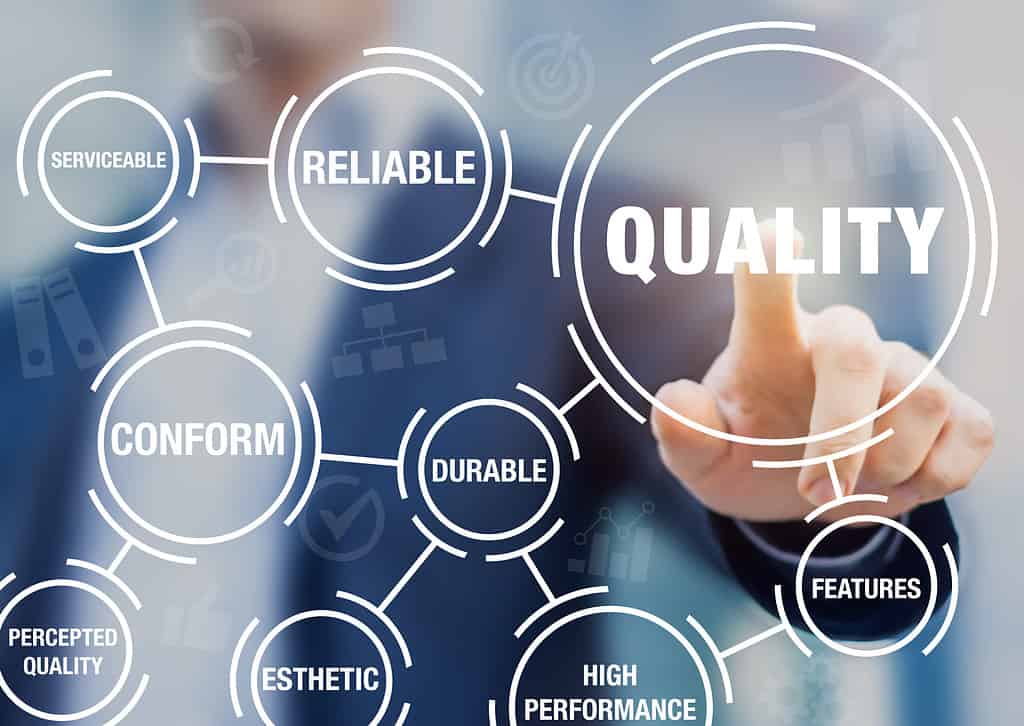Category: Concepts

Deming’s 14 Points: A Blueprint for Achieving Quality and Productivity in Business
Updated:Deming’s 14 Points provide a roadmap to transform American Business and increase productivity and competitive position. Without W. Edwards Deming, modern quality improvement might not exist. If you have never heard of Dr. Deming or his 14 Points for Management, welcome aboard. If you have, get ready to reacquaint yourself. Overview: What are Deming’s 14 […]
Read more »
Degrees of Freedom and Sample Size: How to Determine the Right Amount of Data for Your Analysis
Updated:Degrees of Freedom (DF) can be thought of as the amount of information you have to compute certain statistics. The more you want to compute, the more data and information you need. Let’s learn more about how to compute and use DF. You can think of DF as statistical money that you can spend to […]
Read more »
GLM Essentials: Key Concepts and Applications for Data Analysis
Updated:If you understand multiple linear regression, you already know a lot about the General Linear Model (GLM). Let’s learn some more about how and when to use the GLM.
Read more »
Design Failure Mode and Effect Analysis (DFMEA)
Updated:As complexity increases, so does the probability of error. Rework, defects, retesting, and recalls are all very expensive. With design failure mode and effects analysis, we’ll show you the true value of adopting and inetgrating this approach.
Read more »
The Benefits of Using Detectable Effect Size in Six Sigma Projects
Updated:Making changes to your organization is foolish without having the proper data to tell you the impact that the changes may have. A tool called a “detectable effect size” can help in making that determination. It is nice to believe that certain changes that are proposed will have an impact on our business, but with […]
Read more »
The Role of Efficacy in Minimizing Waste and Defects
Updated:Efficiency and effectiveness are vital elements of any successful organization, but in the realm of Lean Six Sigma, there is another crucial concept that holds the key to achieving optimal results: efficacy. Efficacy goes beyond simply measuring efficiency or effectiveness; it encompasses the ability of a process or methodology to consistently deliver the desired outcomes […]
Read more »
Drift
Published:You finally found the perfect spot to anchor your boat and catch all the best fish. But, the tide is strong and your boat starts to drift away from where you need it to be. The same can happen to your process.
Read more »
Design Risk Assessment
Published:Design risk assessment is a risk assessment framework that identifies, analyzes, and documents risks during a design project. When performing a design risk assessment, the team will assess all risks associated with the project including the design process.
Read more »
What is a Defective? A Complete Guide
Updated:Unfortunately, sometimes your process produces unacceptable output. These are usually referred to as defects or defectives. Let’s examine what a defective item is and contrast it with a defect. The Merriam-Webster dictionary defines a defective as: having a defect or flaw or imperfect in form, structure, or function. Simply put, a defect is a flaw […]
Read more »
Achieving Quality Through Continuous Improvement
Updated:Competition for products and services is cutthroat, and survival should not be taken for granted. Implementing continuous improvement into your organisation and embedding it into your business culture keeps you one step ahead of the pack, locking in both customer and employee loyalty.
Read more »
The Power of Data: Understanding What It is and Why It Matters
Updated:The famed statistician, Dr. W. Edwards Deming, frequently talked about data and said, “Without data, you’re just another person with an opinion.” Let’s learn some more about data. Data refers to any information, facts, or statistics that can be collected, stored, and analyzed. It can be in the form of numbers, text, images, audio, or […]
Read more »
Targeting Costs: Balancing Quality, Affordability, and Profitability in Your Business
Updated:Some companies struggle to operate within budget because they do not understand the difference between what is possible in theory and what’s possible given the constraints of their business. Knowing the how, when, and why about setting cost related targets helps gain that understanding and is crucial to knowing what systems are realistically capable of.
Read more »
The Role of Dashboards in Monitoring Organizational Performance
Updated:If you look at the dashboard of your car, you will see a display of the current real-time status of important metrics. You can do the same thing with your business metrics.
Read more »
The Role of Continuous Data in Process Improvement
Updated:Understanding continuous data will give you an advantage that is critical to successful process analysis. This article will explain the crucial role of continuous data in process improvement.
Read more »
Converting DPMO to Sigma Level and Cpk: A Step-by-Step Guide
Updated:There are several metrics you can use to measure how well your process is performing. Let’s look at three of them and discuss how they are calculated and related. The three are DPMO, Sigma Level and Cpk. Convert DPMO/Sigma to Cpk Before discussing how you can convert DPMO (defects per million opportunities) to sigma level […]
Read more »
Understanding the Formula and Benefits of Cycle Time
Updated:The customer just called again, wondering if the item they ordered will be on time. Will it? Do your company’s processes make it possible to be on time per the customer’s needs? Tto know that requires understanding how long it takes to produce the product, and that requires knowing your cycle times. An overview: What […]
Read more »
Exploring Cpk: An Essential Metric for Quality Control
Updated:Cpk is one of the metrics calculated for determining whether a process is capable of meeting customer specifications or requirements.
Read more »
Critical To Quality: The Key to Meeting Customer Expectations
Updated:Critical of quality is the path to customer satisfaction. Learn how Critical to Quality impacts the ability to satisfy your customer, the benefits of addressing CTQ related issues, and see an example.
Read more »
How Poor Quality Affects Your Bottom Line
Updated:Cost of poor quality, also known as COPQ, are the direct and indirect costs associated with the defects generated by a process. COPQ impacts the financial bottom line in both the short and long term, so it’s important to address quality errors in a timely manner.
Read more »
Know What’s Important When Drafting Critical Elements
Updated:What is performance in the workplace judged upon? What makes an exceptional worker? Being able to boil down the most important features is key to pinpointing the expectations of a worker’s performance. These key features are the critical elements. Overview: What is a critical element? A critical element can be defined as an aspect of […]
Read more »
Control Measures: Maintaining the Gains of Process Improvement
Updated:When you make improvements to your processes, that is not enough. It is important to put measures in place that ensure that the work that has been done can be sustained.In the DMAIC process, your problem is defined, measurements are taken, analysis occurs, and improvements are made. After all of this, comes the final control […]
Read more »
Cost of Conformance (COC)
Published:Conformance is a term that refers to the degree to which a product, service, or system meets its specified requirements. It is the total of all expenses incurred by a company to meet a target quality level for a product or service.
Read more »
Driving Quality Improvement with DPMO: A Roadmap to Process Excellence
Updated:Lean Six Sigma professionals, much like every other professional, love to talk in acronyms. The acronym of the day is DPMO. Let’s check out what it means.
Read more »
Total Cost of Quality: The Key to Improving Organizational Performance
Updated:Is quality free, as claimed by quality expert and author Philip Crosby? Or, is there a cost of quality (COQ) that your organization needs to understand and manage?
Read more »